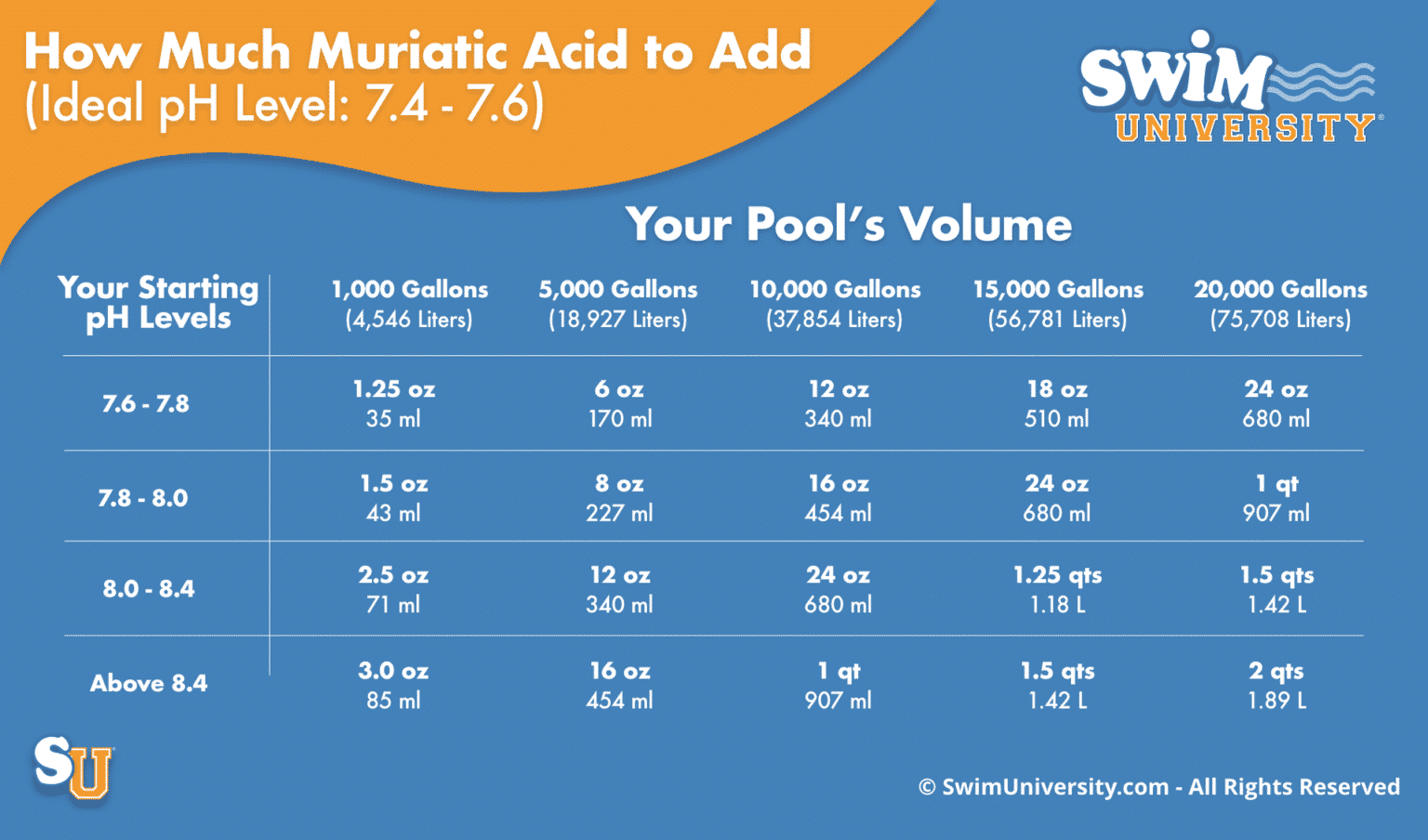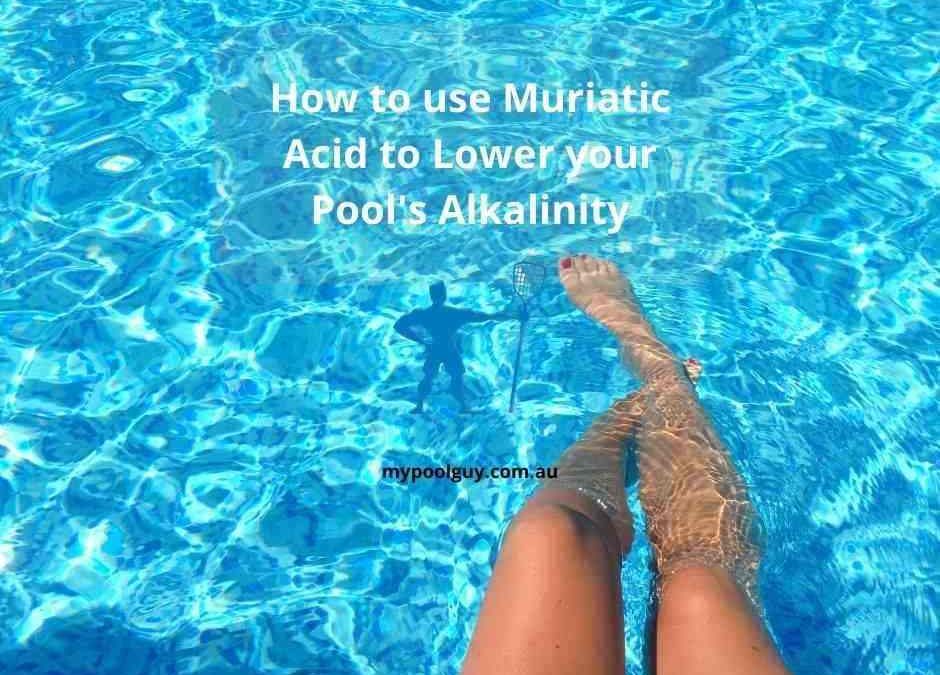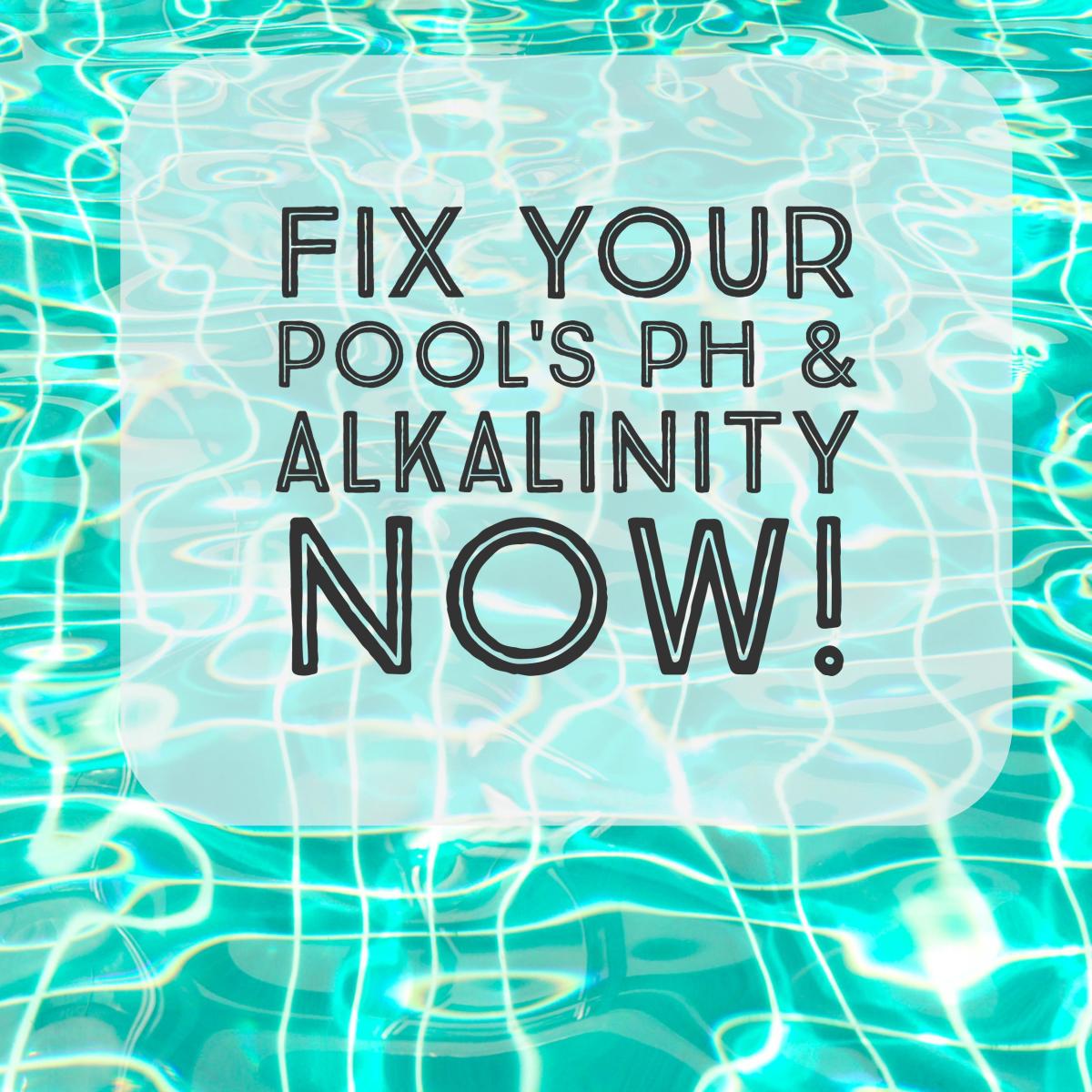
How to Lower Alkalinity in Pool Water WaterGuru
Low alkalinity leads to major spikes and dips in the pool's pH levels, while high alkalinity leads to overly buffered water with pH levels that are difficult to adjust. Learn More About Alkalinity and pH Balance What Happens if Your Pool Alkalinity is High

How To Lower The Alkalinity In Your Pool 2022
Helping Businesses Save Money & Water, Contact Us! We're The Most Experienced Water Retailer In The Uk. Switch & Save Money For Your Business

Alkalinity Too High? Here's How to Lower Alkalinity in a Pool Quickly
Here are step by step directions for lowering alkalinity using the two most common methods: dry acid and muriatic acid. Method 1: Using Dry Acid Dry acid or sodium bisulfate comes in a granular form, and it will be safer to handle than muriatic acid. However, it also costs much more. Step 1 - Test the Alkalinity Level

Efficient Ways to Reduce pH and Alkalinity in Your Swimming Pool
This process involves using muriatic acid to lower both pH and alkalinity, then using a process called "aeration" to raise pH back up in isolation. Below is a step-by-step guide on how to do this: 1. Test Your Pool Water Testing your water is always the first step when trying to correct your pool chemistry.

Muriatic Acid to Lower your Pool's Alkalinity My Pool Guy
The first step to fixing low alkalinity levels in a pool is testing the current value using a test kit or strip. As a general rule of thumb, test your pool's attributes at least twice a week, if not daily. The ideal alkalinity range for a swimming pool is 80-120 ppm (parts per million).

How To Lower Alkalinity In Pool In 4 Steps (Oct. 2020)
Lowering total alkalinity is a two-step process. The first step is to lower pH by adding muriatic acid. Lowering pH will make your pool water more acidic and neutralize the alkaline materials in your pool. You should aim to lower your pH to a range of 7.0 to 7.2. The second step is to aerate your pool or hot tub to break up the remaining.

How To Control & Adjust Swimming Pool Alkalinity Doc Deans Pools
Alkalinity prevents sudden changes in pH levels and keeps it in normal range. Without it, you can face a whole slew of problems that are very difficult to control. Low alkalinity can cause huge pH swings. This can cause your chlorine to stop working as well, corrosion, green water, itching/burning eyes and skin, surface etching, and pool staining.

How To Quickly Lower Your Pools Alkalinity Levels YouTube
There are two ways to increase your swimming pools alkalinity level: sodium bicarbonate (baking soda) or any type of alkalinity increaser product. If you choose to purchase an alkalinity increaser product be sure the product is made from sodium bicarbonate, which is the main substance used to raise pH. As always, after adding the alkalinity.

How to Raise or Lower pH and Alkalinity in Pools The Easy Way!
Alkalinity is water's ability to neutralize acids and bases and stay at a constant pH level. Balancing your pH level is a crucial step in keeping your pool clean and safe. Many things can affect your pool's alkalinity, like rain, sweat, and other contaminants. You can raise total alkalinity with baking soda, and lower total alkalinity with.

How To Lower POOL ALKALINITY with MURIATIC ACID Swim University YouTube
Avoid splashing or spilling the acid on yourself or on any surfaces. Turn on the pump and heater and let the water circulate for at least 30 minutes. Test the water again to check the new total alkalinity and pH levels. If they are still too high, repeat steps 2 to 6 until you reach the desired levels.

Easily Lower Alkalinity in Pool [Working Methods]
June Offer: 0% Deposit & Up To 4 Years 0% APR On HotSpot Hot Tubs! Shop Now. Promote Bath Comfort, Optimum Chemical Efficiency & Protection For Your Hot Tub Equipment.

How to Lower The Alkalinity in Your Pool? Pool Maintenance
The recommended range for a swimming pool's total alkalinity is between 100 and 150 ppm. Total alkalinity refers to the ability of the pool water to resist pH change. When a substance and other pool chemicals are added to pool water, total alkalinity will react to keep the pH in the desired range (7.2 - 7.8).

How to Lower Alkalinity in Your Pool (6 Effective Tips) Temperature Master
How To Lower Alkalinity In Your Pool (2 Proven Methods) Updated: May 1, 2023 by Rick Patterson Total alkalinity is a pH buffer that keeps your pool water's pH level in check by absorbing acids in the water. The ideal range for alkalinity in a swimming pool is between 80 and 120 parts per million.

High Alkalinity, lowering Alkalinity in your pool YouTube
To lower the alkalinity of your pool, the most effective way is to introduce either muriatic acid or dry acid (sodium bisulfate) into your swimming pool. Knowing the causes of high alkalinity in your pool is essential to prevent it. Your pool can last from 10 to 30 years, depending on the material used to make it.

How to Lower Total Alkalinity and Adjust Ph in a Swimming Pool Dengarden
1. Test the Total Alkalinity in Your Pool With the use of a pool test kit, get a sample of the water with the use of a water collector. The water must be taken from 12-18 inches deep. Then, add the reagents into the water. After adding the reagents, make sure to add a small amount of chlorine neutralizer.

How To Lower Alkalinity In Your Pool The Rifgt Way. YouTube
To lower the alkalinity in a pool, use muriatic acid or sodium bisulfate ( pH reducer). Here's a quick guide explaining how alkalinity levels get too high and how to lower your alkalinity in a pool. Check out the video below for how to lower your alkalinity with muriatic acid, or keep reading for our complete guide.